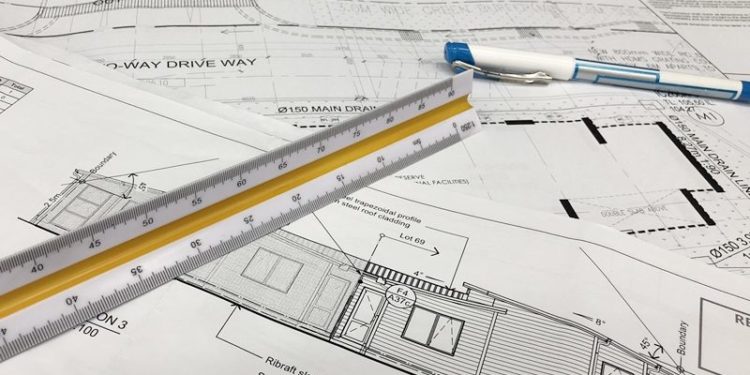Variations in construction refer to the modification of the initial design, quality, or quantity of the works as outlined in the drawings and described in the bills of quantities and specifications. These variations are a common occurrence in any project due to the dynamic nature of construction, where changes may become necessary during the project’s lifespan.
When a variation arises due to an omission, addition, or substitution of any part of the works, the Architect is required to issue written instructions to the contractor. The valuation of the work, in this case, is typically based on the prices already indicated in the Bills of Quantities (BQ) for work of a similar nature performed under similar conditions. To accommodate potential variations, a sum of money, known as the contingency sum, is usually provided in the BQ.
Several factors can lead to variations in construction projects, many of which are recognized in the contract documents. These factors include changes to the quantities of any item of work included in the contract, alterations to the quality of work, or adjustments to the levels, positions, and dimensions of any parts of the works.
Additionally, variations can occur due to the omission of any work that is to be carried out by others, the need for additional work, plant, materials, or services necessary for the permanent works, including tests on completion, boreholes, and other testing and exploratory work. Changes to the sequence or timing of the execution of the works can also necessitate variations.
To sum it up, variations are an integral part of the construction process, and their management is crucial for the successful completion of a project. The JBC contract provides a clear framework for addressing these changes, ensuring that they are handled systematically and fairly, with the Architect playing a central role in issuing instructions and overseeing the valuation of the varied works.


















